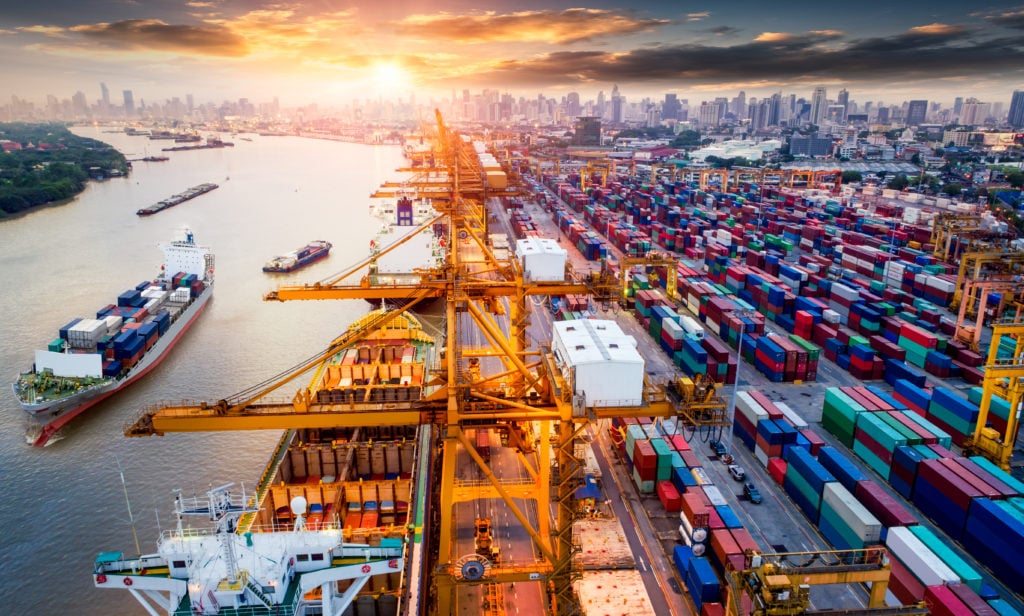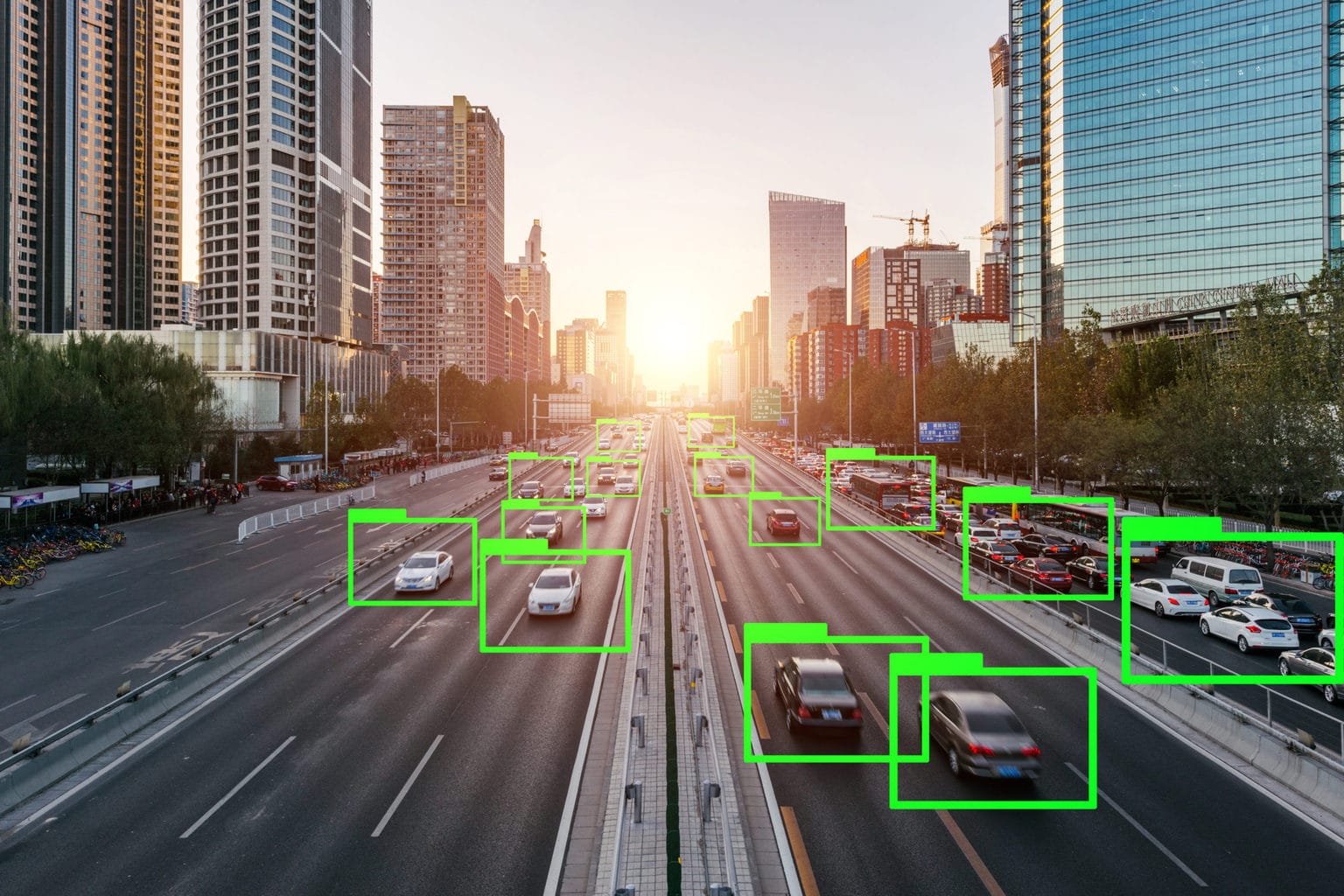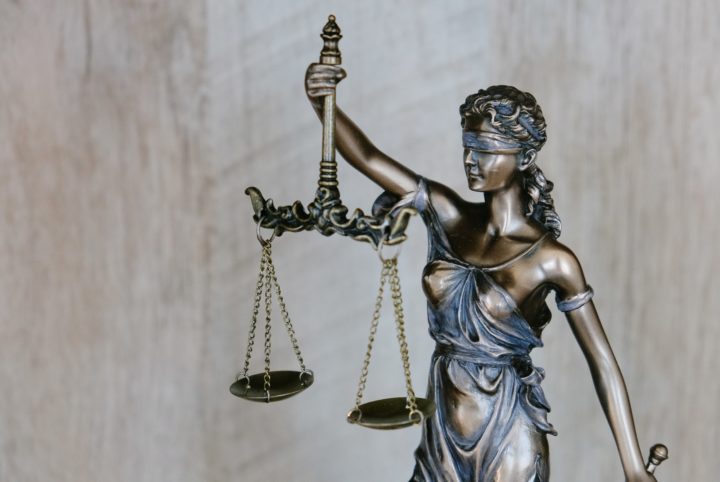
Coming to grips with the future implications of AI on global trade isn’t easy, particularly when it is becoming embedded into the decision-making process itself.
Imagine this scenario: In 2030, the adjudicators of the World Trade Organization (WTO) are sitting in the Geneva headquarters to hear a trade dispute between the Republic of Robata and the Federal Republic of Daemon.
Robota, a developed country, is a superpower in artificial intelligence (AI) that has shaped its autonomous vehicles (AVs) in a way that can reduce the legal risks to the minimum for the companies.
But Daemon, a developing country, has uncovered a hidden age bias in the algorithm of the AVs. This finding quickly spreads on social media, leading to public outcry.
Daemon’s government wants to provisionally ban the importation of the vehicles until manufacturers remove what they consider ‘unethical’ algorithms from the systems.
In response, Robata has called upon ‘Lex Cyborg’, a multi-talented robot lawyer, to prepare for this legal battle involving the complicated design of AVS, as the WTO dispute settlement mechanism also taps into the potential of ‘smart court’ due to budget constraints.
While this scenario might seem futuristic, advances in AI bring unprecedented challenges in scale and complexity to the current global trading system.

Can artificial intelligence (AI) shape autonomous vehicles (AVs) in a way that reduces the legal risks?
Complex challenges of AI
Advances in Artificial Intelligence (AI) bring unprecedented and complex challenges to the global trading system.
While there is no universally agreed definition of AI, it is generally understood as a concept generic enough to encompass a broad range of technology.
But it’s common for most policy-makers to classify the ‘intelligence’ of AI into ‘narrow (weak) AI’ and ‘general AI’ based on the scope of tasks undertaken.
For example, the rise of Automated Legal Advice Tools (ALATs), known as ‘Robo lawyers’, exemplifies a broader classification of AI that is common within the traditional WTO goods-services dichotomy.
However, ALATs may well reshape the landscape of the legal service sector by unbundling transactions into smaller tasks.
This could change the way legal services can be offered and provided by those in different jurisdictions, casting doubt on how these new business models can squarely fit into the existing commitments under the global trading system or even the new generation of free trade agreements.
Ethical and rights issues
Another challenge for policy-makers comes in the form of what is known as the classic ‘trolley problem’ – an ethical dilemma where a decision that helps many may bring harm to individuals.
AI poses several complex ethical questions dealing with how these technologies are designed and applied in a manner consistent with human rights, as well as the public interests and the moral integrity of society.
The variance in global responses to the ‘trolley problem’ indicates public moral diversity exists alongside national and cultural boundaries.
The challenge then lies in negotiating a holistic governance model capable of incorporating differences in ethical perspectives.
Yet another challenge can be seen in the AI ownership of algorithmic intellectual property rights.
This important issue relates to the core personhood of AI, in describing where the line of AI authorship is drawn.
In the UK, AI-assisted outputs are granted copyright protection under its Copyright, Designs and Patents Act 1988 (CDPA), although AI itself cannot be the author.
Conversely, this approach is not necessarily shared by others—even within the common law world, like the US and Australia. These differences indicate the difficulty with transplanting an overarching framework across these systems.
AI and government decision-making
IP issues are not confined to the authorship or inventorship of AI.
Today, it is common to see governments incorporate AI in their decision-making process.
While AI seems a promising and cost-effective tool in governing public affairs, the concern over the explainability and transparency of the underlying algorithms and datasets—the so-called black box problem – has been on the rise.
Anyone who is affected by the government measures that involve an automated decision-making process—including foreign businesses—may find it difficult to challenge them.
For one, the rationales of how these algorithms and data operate can be problematic for humans to interpret.
As these tools are often protected by proprietary technologies in the form of trade secrets or patents, it is problematic to unpack the ‘legal black box’.
It could be a daunting task to see how countries reconcile the competing interests in this context without undermining the commitments under the existing TRIPS/WTO regime.
Emerging challenges
These examples illustrate the emerging challenges posed by AI and lead us to reflect upon the resilience necessary for dealing with the coming age.
At the core of these challenges lies the differences in the economic, social and political underpinnings of governments.
Broadly, there are three possible ways that the global trading system can ensure an appropriate regulatory response to trade troubles of AI:
- Institutional flexibility within the WTO would allow for rigorous and dynamic cross-sectoral dialogue and cooperation on AI-related trade issues. The focus should then fall on the adaptability, consistency, and optimal design of any proposed rule.
- The global trading system should be more deferential to local values and cultural contexts in addressing AI-related issues. There should be greater caution and refrain from pushing strong harmonisation initiatives; and
- The global trading system should accommodate and encourage emerging sites of governance concerning AI-related trade issues. While hard-law commitments are crucial for the long-term development of global trade, policymakers should not overlook the role of soft law type of arrangements in moderating trade conflicts.
Agility and preparation of a response
But there are some caveats to these solutions.
The rapid speed of technological advancements means these solutions are not intended to be written in stone. They must be nimble, and ready to respond at different times and contexts.
The potential radical disruption posed by AI, and in particular the distribution of high-tech development in countries, means a core challenge remains to ensure the institutions and rules are designed to benefit the most rather than the few.
Policymakers should bear that in mind and not reconfigure the rules to create a new digital divide.
The above solutions should, of course, be accompanied by appropriate mechanisms to build the trust of privacy and data protection and facilitate cross-border data flows.
The hard question facing the WTO policymakers then is how to embrace such pluralism while resolving AI-related trade conflicts.
In the meantime, however, we should bear in mind that WTO members have different capacities to manage the pacing problem and more crucially, the underlying dynamics that reshape the political economy between the ‘haves and the have nots’ in the age of AI.
This short piece iss based on the work, ‘Artificial Intelligence and Global Trade Governance: A Pluralist Agenda’ published in the Harvard International Law Journal, with co-author Ching-Fu Lin (National Tsing Hua University in Taiwan).


